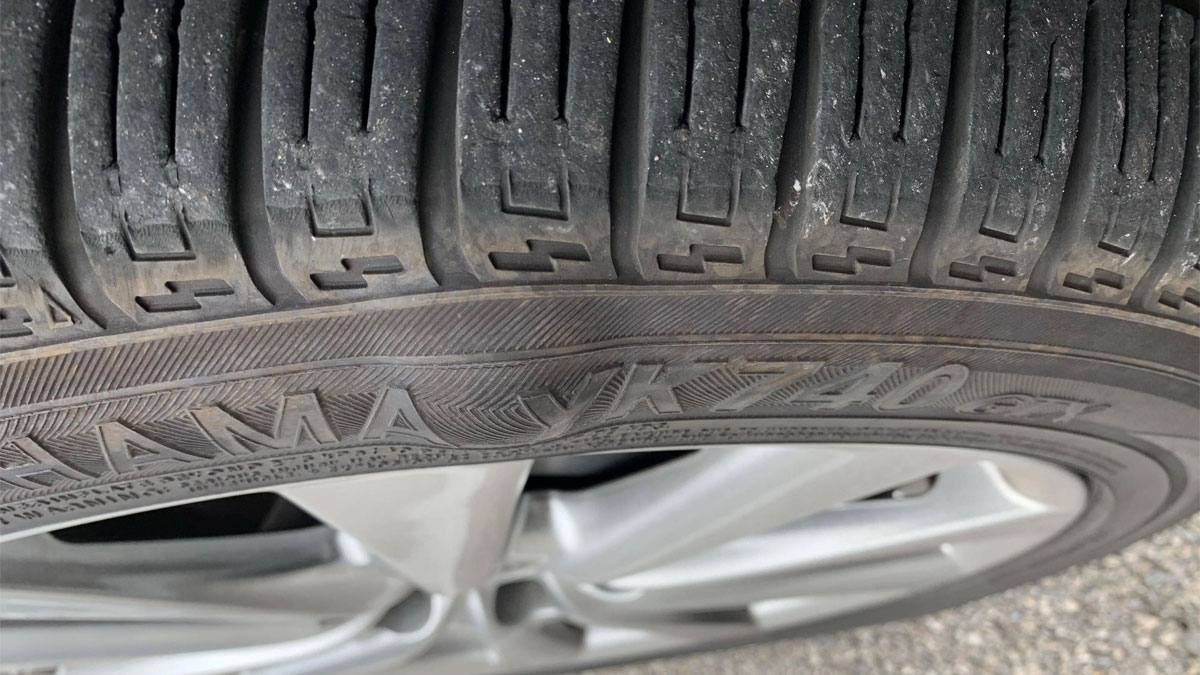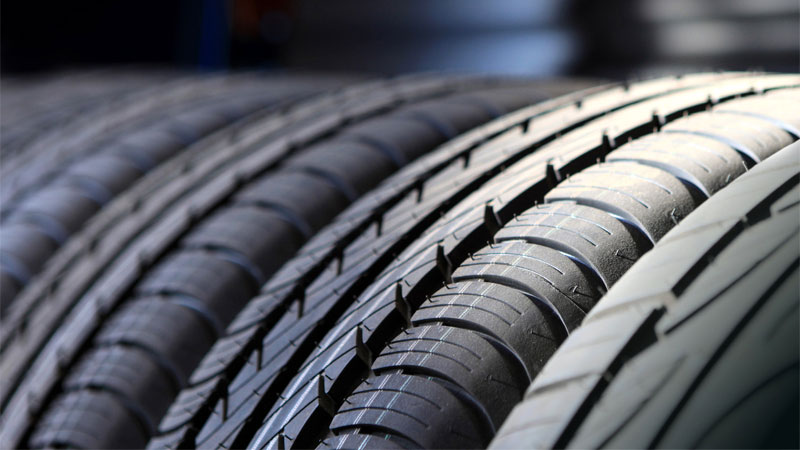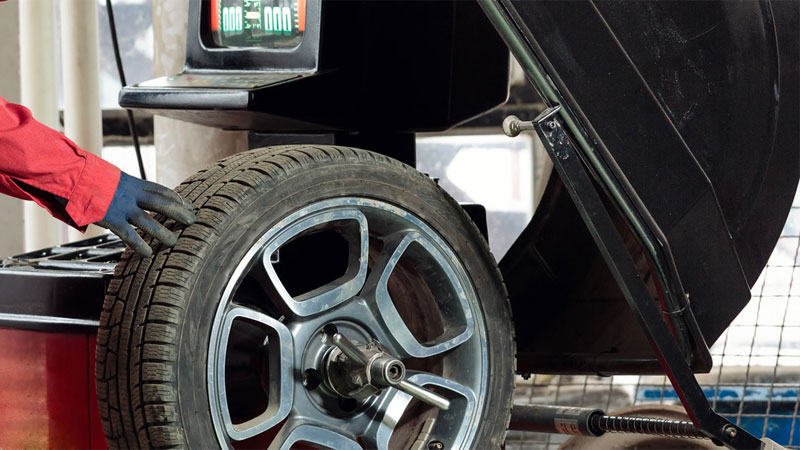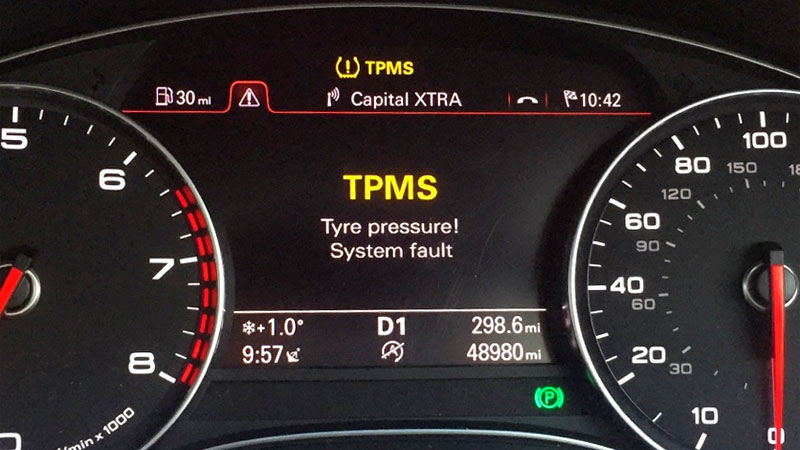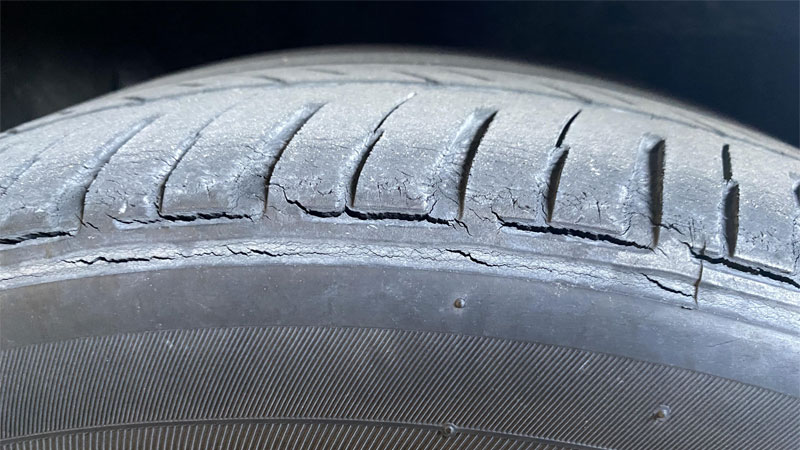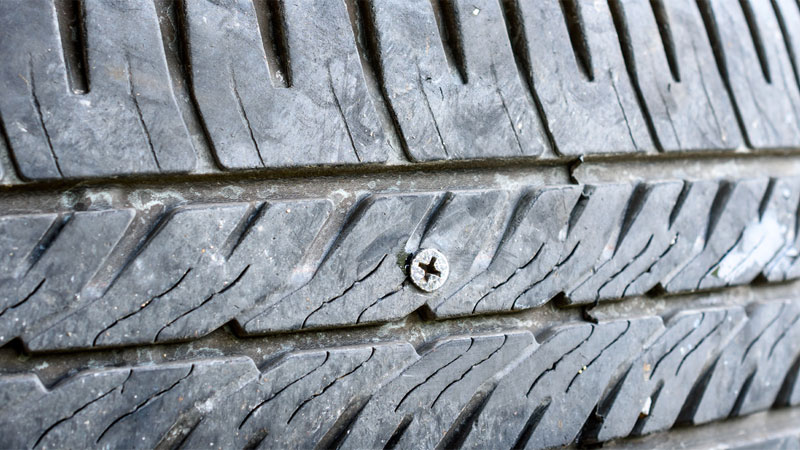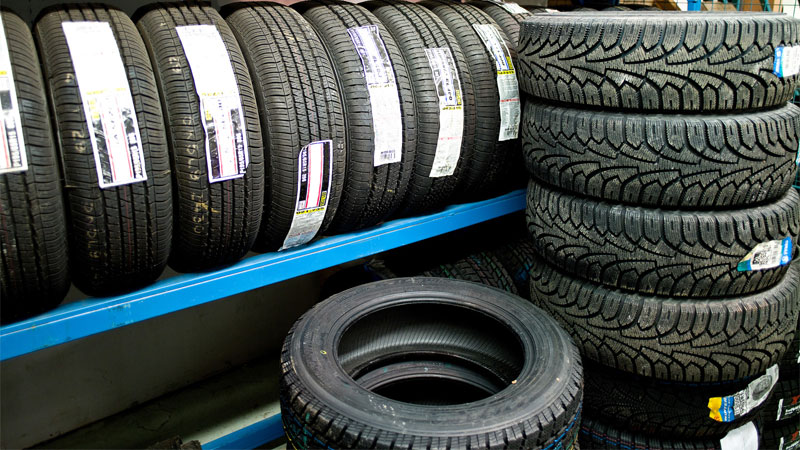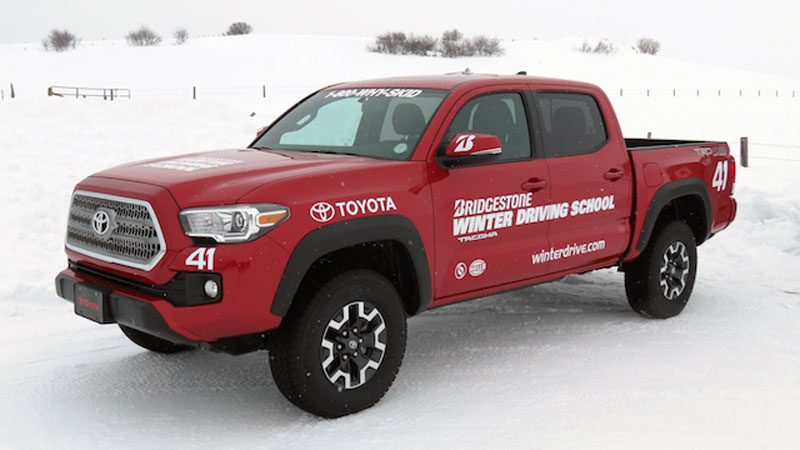8 Types of Tire Damage (Is It Harmless or a Huge Red Flag?)
Dodging potholes, rubbing curbs, and running over debris—these common mishaps often leave marks. But while some tire damage is superficial, others signal real trouble. By learning to recognize the different types of tire damage and what causes each, you’ll be able to distinguish the harmless from the hazardous. See Also … Read more

